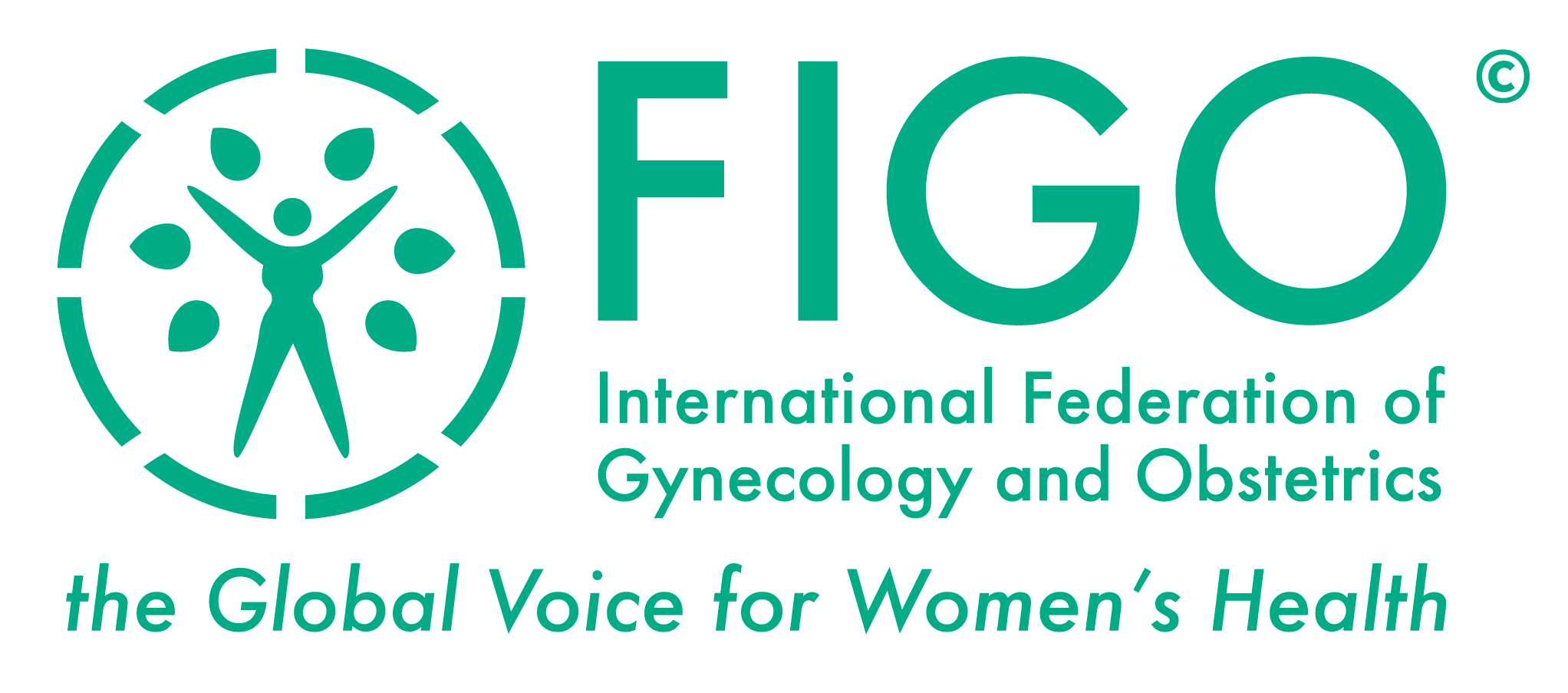LA FIGO FERTILITY DAISY - POURQUOI DEVRAIS-JE M’EN PRÉOCCUPER ?
- Adamson GD. Global cultural and socioeconomic factors that influence access to assisted reproductive technologies Womens Health.(Lond.Engl), 2009, 5, 4, 351-358, Angleterre
- Boivin J, Bunting L, Collins JA, Nygren, KG. International estimates of infertility prevalence and treatment-seeking: potential need and demand for infertility medical care. Hum Reprod 2007; 22(6):1506-12.
- Clemens M, Kenny CJ, Moss TJ. The trouble with the MDGs: Confronting expectations of aid and development success. World Development 2007; 35(5):735-51.
- Connolly MP, Pollard MS, Hoorens S, Kaplan BR, Oskowitz SP, Silber SJ. Long-term economic benefits attributed to IVF-conceived children: a lifetime tax calculation. Am J Manag Care 2008; 14(9):598-604.
- Daar M, Merali Z. Infertility and assisted reproductive technologies in the developing world. In: Current Practices and Controversies in Assisted Reproduction. Eds Vayena E, Rowe PJ, Griffin PD. OMS, Genève 2002
- Dyer SJ, Abrahams N, Hoffman M et al. Infertility in South Africa: women’s reproductive health knowledge and treatment-seeking behaviour. Hum Reprod 2002; 17(6): 1657-62.
- Dyer SJ. The value of children in Africa countries – Insights from studies on infertility. J Psychosom Obstets &Gynaecol 2007; 28(2): 69-77.
- Dyer SJ and Pennings G. Considerations regarding government funding of assisted reproductive techniques in low-resource settings. FVV in ObGYN 2010; Monograph: 17-21.
- ESHRE Taskforce on Ethics & Law. Equity of access to assisted reproductive technology. Hum Reprod 2008; 23(4): 772-4.
- ESHRE Taskforce Ethics & Law. Providing infertility treatment in resource poor countries. Hum Reprod 2009; 24(5): 1008-11.
- Gurunath S, Pandian Z, Anderson RA et al. Defining infertility – a systematic review of prevalence studies. Hum Reprod Update 2011; 17(5):575-88.
- Hammarberg K, Kirkman M. Infertility in resource-constrained settings: moving towards amelioration. Reprod Biomed Online. 2013 février;26(2):189-95.
- ICMART et OMS. Zegers-Hochschild F, Adamson GD, de Mouzon J, Ishihara O, Mansour R, Nygren K, Sullivan E, Vanderpoel S. International Committee for Monitoring Assisted Reproductive Technology (ICMART) and the World Health Organization (WHO) revised glossary of ART terminology, 2009. Fertility and Sterility, 2009 Nov;92(5):1520-4.
- Iliyasu Z, Galadanci HS, Abubakar IS, et al. Perception of infertility and acceptability of assisted reproduction technology in northern Nigeria. Niger J Med. 2013 Oct-Dec;22(4):341-7.
- Koster W. Linking two opposites of pregnancy loss: Induced abortion and infertility in Yoruba society, Nigeria. Soc Sci Med 2010; 71:1788-1795.
- Kroeger, GB, Ejzenberg, D. The fiscal outcome of artificial conception in Brazil – creating citizens in developing countries. Hum Reprod 2012; 27(1):142-145.
- Macarenhas MN, Flaxman SR, Boerma T, Vanderpoel S, Stevens GA. National, regional, and global trends in infertility prevalence since 1990: A systematic analysis of 277 health surveys. PLOS Med 2012; 9(12):e1001356.
- Murage A, Muteshi MC, Githae F. Assisted reproduction services provision in a developing country: time to act? Fertil Steril. 2011 Oct;96(4):966-8.
- Nachtigall RD. International disparities in access to infertility services. Fertil Steril 2006; 85(4): 871-5.
- Nahar, P, Richters, A. Suffering of childless women in Bangladesh: the intersection of social identities of gender and class. Anthropology & Medicine, Vol. 18, No. 3, décembre 2011, 327–338
- Nahar, P. The link between infertility and poverty: evidence from Bangladesh. Hum.Fertil 2012, 15, 1, 18-26, Angleterre
- Rutstein SO, Shah IH. Infecundity, Infertility, and Childlessness in Developing Countries. DHS Comparative Report No.9: Calverton, Maryland, États-Unis: ORC Macro and the Organisation mondiale de la santé, 2004.
- Upton RL, Dolan EM. Sterility and stigma in an era of HIV/AIDS: Narratives of risk assessment among men and women in Botswana. Afr J Reprod Health 2011; 15(1): 95-100.
- Van Balen F, Bos HMW. The social and cultural consequences of being childless in poor resource areas. FV&V in ObGYN 2009; 1(2): 106-21.
- Waage J, Banerji R, Campbell et al. The Millennium Development Goals: a cross-sectoral analysis and principles for goal setting after 2015. Lancet 2012; 376: 991-1023.
- Xu K, Evans DB, Kawabata K, Zeramdini R, Klavus J, Murray CJL. Household catastrophic health expenditure: a multi-country analysis. Lancet 2003; 362: 111-
- Zegers-Hochschild F, Dickens BM, Dughman-Manzur S. Human Rights to in vitro fertilization. Int J Gynecol Obstet; 2013; 123(1): 86-89.
